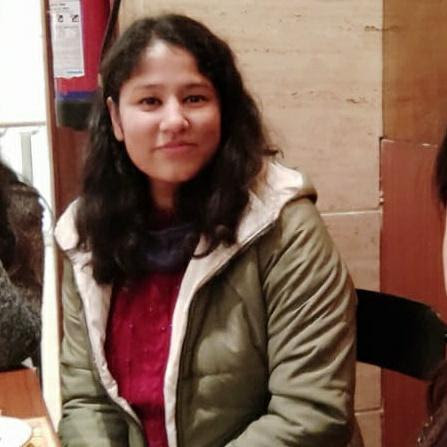About author
Shalini Rawat is a graduate student at the Indian Institute of Science Education and Research (IISER) in Mohali, working in Dr. Mahak Sharma’s lab. Shalini obtained a B.Sc. (H) in Microbiology from the Institute of Home Economics at Delhi University before pursuing a master’s degree in Biotechnology at the Indian Institute of Technology (IIT) in Bombay. At IIT Bombay, she worked on her master’s thesis with Dr. Anirban Banerjee in the Microbial Pathogenesis Lab. Shalini is interested in studying the mechanisms regulating cargo trafficking to the lysosome, as well as the distribution and biogenesis of the lysosomal compartments. She is currently working on her thesis and looking for postdoctoral positions in cell biology labs. Shalini enjoys watching movies, listening to music, and occasionally cooking in her spare time.



